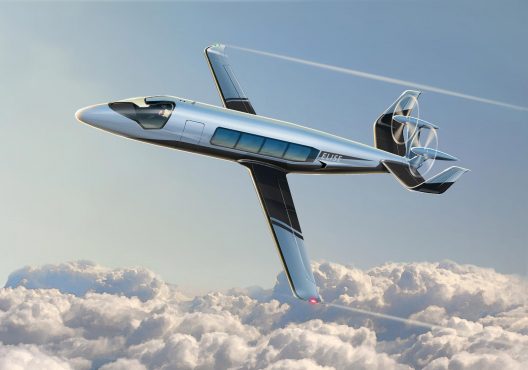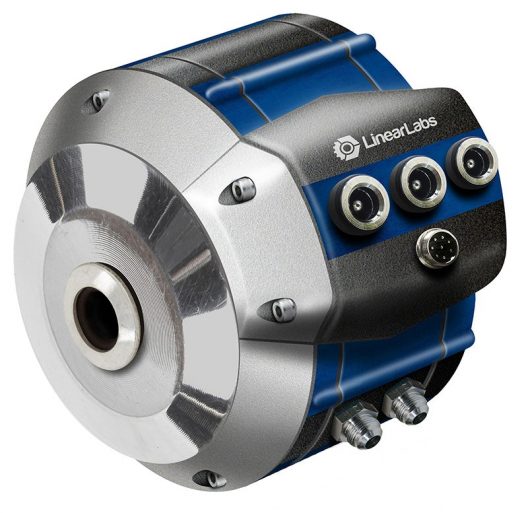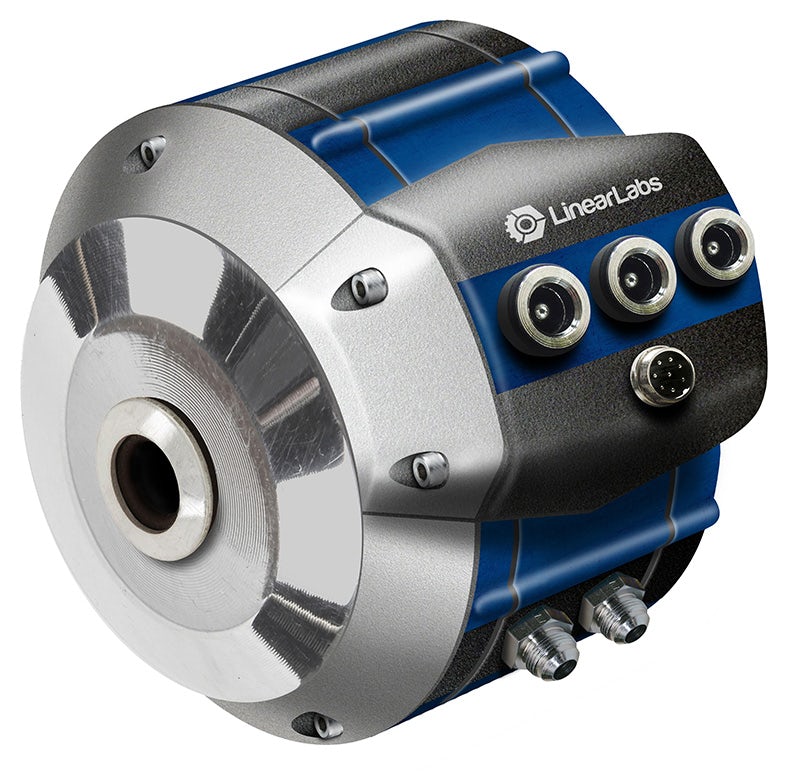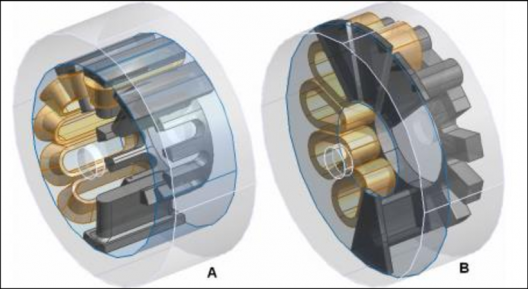Linear Laboratories operates (if you take their video at near face value) out of a barn in Texas and partners with Abtery in Sweden. The partnership is significant, since Abtery is working on a Swedish regional airliner Elise (“Elektrisk Lufttransport i Sverige” or Electric Aviation in Sweden). The project is funded by the Swedish innovation agency Vinnova. And has multiple partners including Chalmers University. Their goal is to apply the HET (Hunstable Electric Turbine) technology developed by Linear to real-world uses.
Swedish Partners
Anders Forslund, researcher at Chalmers in Gothenburg, Sweden, leads the development project Elise. “We started a little later than they did in other countries but now we’re up and running probably faster than they do. Intensive research is ongoing around the world for a transition from fossil fuels to electric power in aviation, especially in countries such as the United States, China and Germany. It’s all about small start-up companies to big aircraft manufacturers like Boeing.”
Sören Granath of Swedish Radio reports, “The hope is that the Swedish aviation industry will find its own niche in international competition. First, to develop a plane that seats eight passengers for regional flights of up to 400 kilometers (248 miles).

Elise, the Swedish regional airliner being developed with Abtery and American partner Linear Laboratories. Small, high-torque motors would fit design
“The schedule is nailed: First a fully electrical test plan in 2.5 years and in 2026 the first certified Swedish manufacturer plane will go in domestic traffic. For safety reasons, first a hybrid variant.
“- With these 400 kilometers we will be able to cover about a third of domestic travel in Sweden.”
Flux, Funding and the Future
Having just earned $4.5 million from a seed funding round, Linear seems poised to develop its prototypes into production models. Linear claims their motor delivers more power on lower voltage, at least partly because it has a great flux density than more conventional motors.
Most existing motors rely on radial flux or axial flux to generate power. Until a few decades ago, most motors ran a rotor (the part that spins around) inside a stator (the part that remains stationary). Then, English inventor Cedric Lynch redesigned the arrangement of magnets and coils onto two flat plates facing one another. This “pancake” type motor gave the advantage of mechanically increasing the torque possible. (Please note this is your much-challenged editor’s attempt to make all this understandable for himself.)
Father and son Fred and Brad Hunstable have combined axial and radial flux (they may object to this gross oversimplification) and added the ability to vary the phasing of the motor. The HET, “Produces twice the torque of a standard permanent magnet motor and three times the power and is more efficient while doing it,” according to their interview with CNET. The motor is essentially four rotors working in a complex flux generation system.

Linear Laboratoies’ HET appears conventional, but internal flux paths are anything but. Motor can be fabricated on conventional motor production lines with conventional materials, though
HET’s performance with readily available materials will enable the use of low-cost metals rather than high-priced and often unobtainable rare earth minerals – many of which are controlled by China. Being able avoid the consequences of trade wars and have a steady supply chain are enviable benefits. The Hunstables plan some near-term applications and some longer-term possibilities.
“The company has been hard at work making prototypes of its motors for use in various industries. The first transportation application we’ll probably see will be in micromobility — think scooters and e-bikes — as early as 2020, followed by electric cars in 2021. It’s also possible that we could see HETs employed in larger applications like heavy-duty trucks and even trains later on.”
If Liner can attain this development schedule, we’ll look forward to some e-bikes doing wheelies by next year, and possibly some budget electric cars that can go head-to-head with Tesla’s Roadster the year after that.


